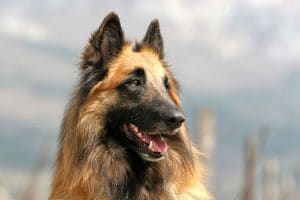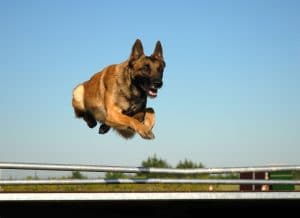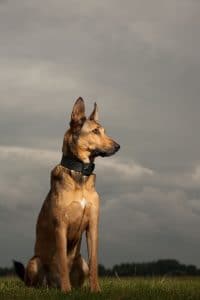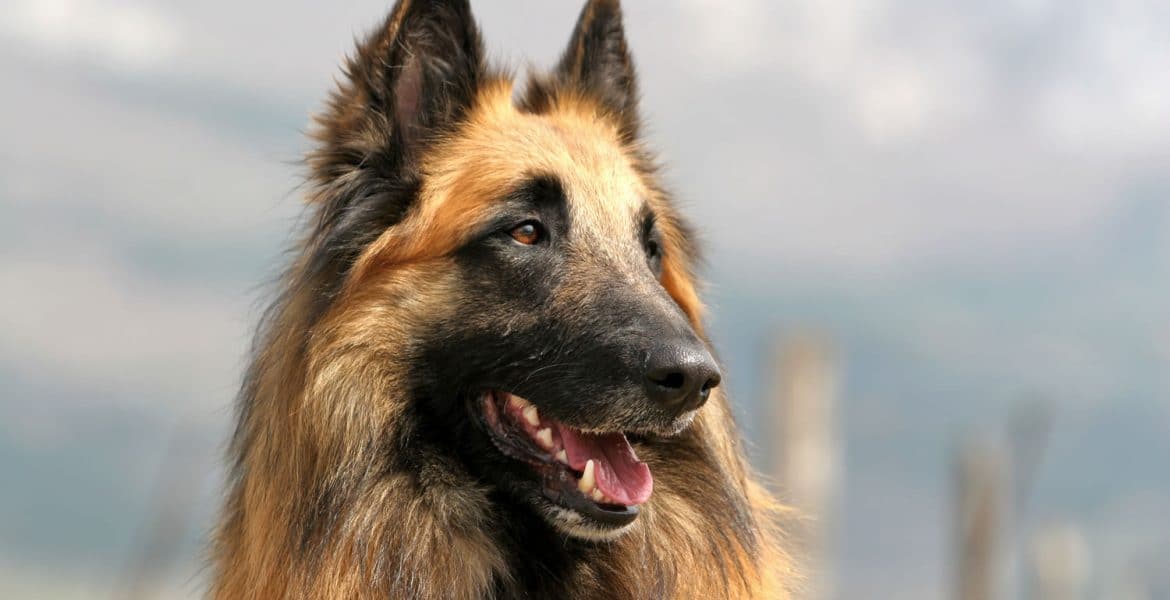
The Belgian Shepherd has the honor of being the only breed to have four distinct variations. Each only differs by coat and colour. There is the long coated black – the Groenendael, the long coated other than black – the Tervueren, the short coated – the Malinois and the rough coated – the Laekenois.
The Belgian Shepherd breed was officially created around 1891 when the Belgian Shepherd Dog Club was founded. The breed was not officially recognised until 1901 despite the club being formed and the first breed standard being written in 1892. The official recognition was given when the breed was registered in the studbooks of the Royal Saint-Hubert Society. Belgium today recognises the four variations as one breed. In some non-FCI countries, and other regions, they are considered separate breeds.
The Belgian Shepherd is a medium to large sized, well-balanced dog. They have a muscular body, domed forehead, a long, square-cut muzzle, a black nose and ears which are pointed and fully erect. The long haired variations have a thick, double coat. It is a square breed, meaning its height from the ground to top of the withers is equal to its length. The paws are cat like.

Belgian Shepherds should stand around 56 to 66 centimetres at the withers and weigh in between 22 and 28 kilograms. Females are generally smaller than males and should look distinctly feminine. A healthy Belgian Shepherd should be expected to live around 13 to 16 years.
These are agile and active dogs with a need for plenty of exercise, this breed should not be considered as a pet if they are to be left at home all day or they will become bored and destructive. They need firm leadership, daily exercise and continual training and companionship, or they may become difficult to handle. The Belgian Shepherd is a high energy dog with a keen mental capacity and the ability to learn quickly. Mental stimulation is essential, particularly if they come from a working line. Be careful when introducing this dog to other pets. If socialized properly at a young age there should not be any problems.
 They are known to be dominant toward other dogs and need a firm and consistent owner who can communicate that dominance is an unwanted behaviour. Herding behaviour such as chasing and circling, moving effortlessly for hours and nipping at people’s heels is common and they must be taught not to do this. The Belgian Shepherd is a very demanding dog that is becoming more and more popular. They need an experienced owner as they can be difficult to control unless the owner knows exactly how to handle them. The way the owner handles the dog can produce very broad differences in temperament.
They are known to be dominant toward other dogs and need a firm and consistent owner who can communicate that dominance is an unwanted behaviour. Herding behaviour such as chasing and circling, moving effortlessly for hours and nipping at people’s heels is common and they must be taught not to do this. The Belgian Shepherd is a very demanding dog that is becoming more and more popular. They need an experienced owner as they can be difficult to control unless the owner knows exactly how to handle them. The way the owner handles the dog can produce very broad differences in temperament.


